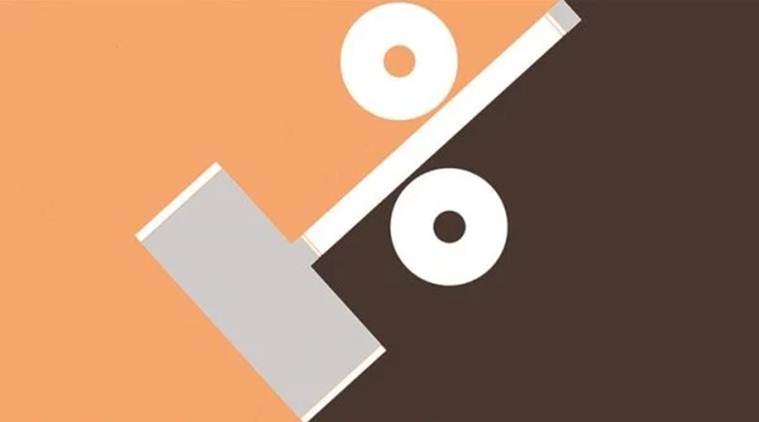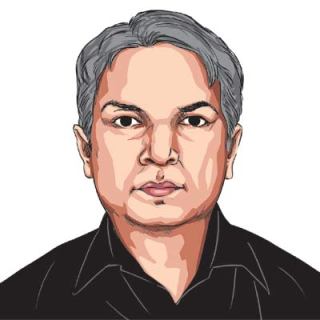A Regressive Quota
Economic reservation mocks the ameliorative spirit behind the system

Though the decision of the Narendra Modi government to grant 10 per cent reservation for the general category appears to be a political gimmick to appease upper castes in an election year, it is actually a historic ploy to turn back the wheels of social justice. Assuming that it clears legal hurdles, it will create double jeopardy for the SC, ST and OBC categories, besides pitting the poor in the general category with the middle class (with annual income upto Rs 8 lakh). The decision makes a mockery of the spirit behind the quota system.
Reservation is not a poverty alleviation scheme. Affirmative action came into existence to provide adequate representation for the untouchables, who were historically discriminated against. Tribals and OBCs, who were at the bottom of the caste system, have also been granted the benefit.
The ancient caste system worked in favour of the upper castes (15 to 20 per cent of population), which have traditionally monopolised scholarship, priesthood and dominated trade/industry. The quota system prescribed in the Constitution sought to render social justice by taking on that system in which upper castes had enjoyed reservation with divine sanction. The reservation granted by the Constitution is based on caste because certain people were exploited on the basis of their caste status. Caste prejudice is an inherent part of the orthodox Hindu psyche, which manifests in wide acceptance of other kinds of reservation (like women, senior citizens and the physically handicapped getting reserved seats in public transport). However, caste-based quota invites opposition, despitethe fact that the beneficiaries are socially handicapped.
The Constitution has paved the way for several poverty alleviation schemes, which are already in force. For instance, people living below the poverty line (BPL) are entitled to essential commodities at subsidised rates, while poor students are entitled to scholarships. With eligibility limit for the new quota of 10 per cent placed at Rs 8 lakh per annum, it is still unclear whether the BPL would be raised. Besides, the new definition of poor (of annual income upto Rs 8 lakh) would cover a large number of middle-class people, who would be eligible to compete with their BPL counterparts. With the ubiquitous quota, are we heading for a 100 per cent reservation for all communities as per their population?
The new quota also jeopardises the interests of SCs, STs and OBCs. First, the upper castes would retain their traditional monopolies in professions such as priesthood and trade. Second, they will get 10 per cent reservation in education and government employment. Considering that the stipulated upper limit for quota for the lower castes (75 per cent of population) is 50 per cent, while the upper castes, which are in minority (below 20 per cent of population) have 50 per cent of seats in general category, this makes it a highly uneven playing field.
To make it a level playing field, sectors monopolised by upper castes should be opened to all. For instance, priesthood must be delinked from caste and made available to all deserving individuals. Similarly, the dominance of certain communities in business needs attention. Also, since government employment is shrinking (because of privatisation), opportunities in the private sector should be subjected to affirmative action.
Looking at it from the perspective of B R Ambedkar’s theory of ‘Revolution and Counter-Revolution’, the Modi government’s decision is a counter-revolution to augment the dominance of upper castes and turn back the wheels of social justice.According to Ambedkar, the history of ancient India is history of struggle between Brahminism and Buddhism. He termed Buddhism as a revolution that propounded egalitarian values. The assassination of Brihadrath (descendant of emperor Ashoka) and the revival of Brahminism was described by Ambedkar as “counter-revolution”. When India became a republic, another revolution was ushered in through egalitarian principles enshrined in the Constitution. He went a step further, to embrace Buddhism with his followers. The Constitution started a bloodless revolution in 1950 in the country, much to the chagrin of traditional hardliners wanting to start a counter-revolution to ensure the supremacy of the upper castes.
(The writer is a senior journalist based in Mumbai)






































No hay comentarios:
Publicar un comentario